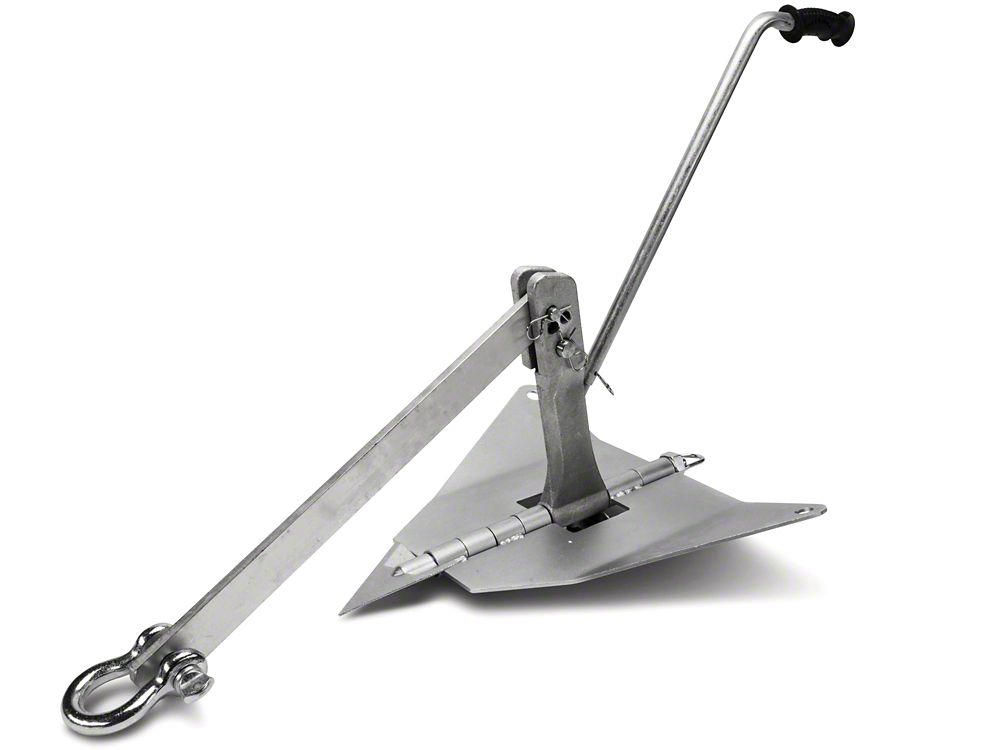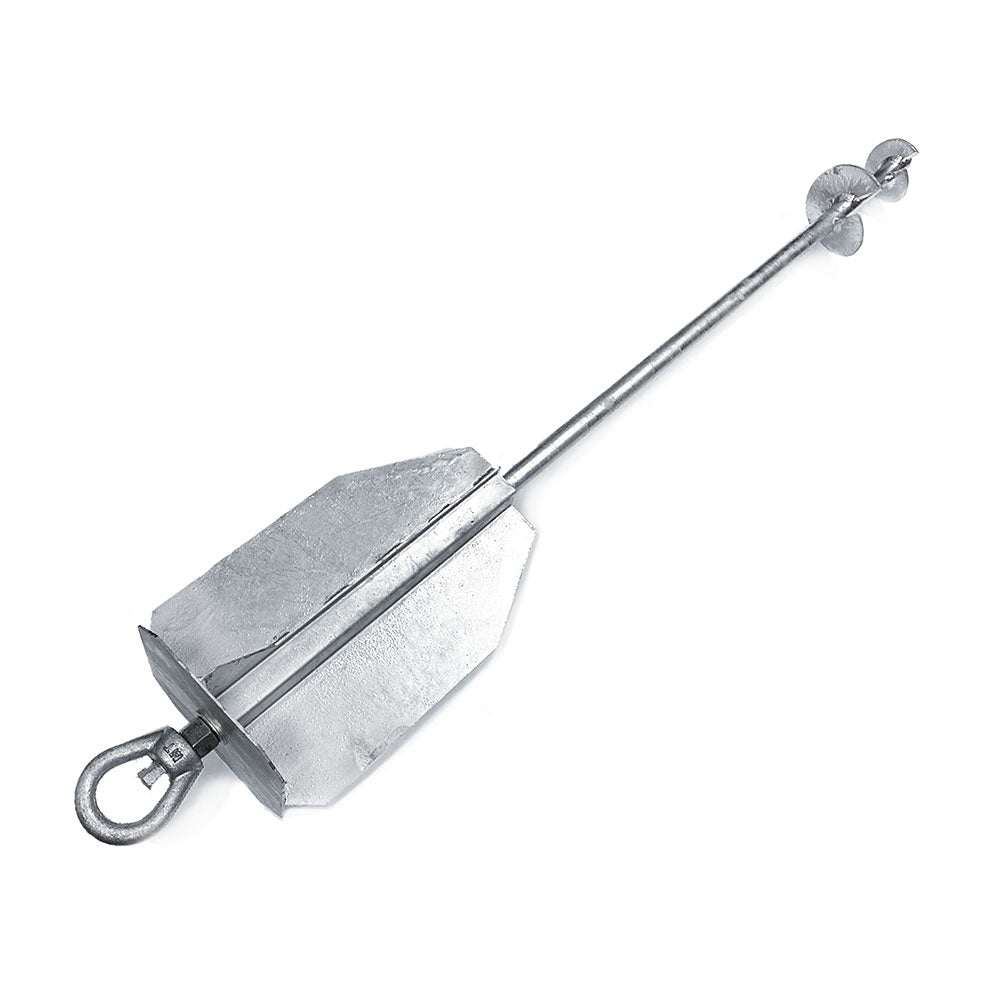An Expert’s Guide to Selecting the Most Reliable Ground Anchor Solution
An Expert’s Guide to Selecting the Most Reliable Ground Anchor Solution
Blog Article
Explore the Different Sorts Of Ground Anchor for Your Next Job
From auger anchors, which succeed in diverse dirt conditions, to stake anchors developed for momentary installments, the choices are various. Furthermore, concrete and screw supports existing unique advantages in certain circumstances, while deadman anchors are customized for applications requiring resistance to lateral forces.

Auger Anchors
Auger supports are a prominent option in numerous building and construction and landscaping projects because of their one-of-a-kind design and effective anchoring abilities. These supports contain a helical screw-like shaft that is driven right into the ground, enabling a protected and steady hold. The spiral style promotes easy installment and makes the most of resistance versus side forces, making auger anchors particularly efficient in applications such as secure fencing, momentary structures, and disintegration control.
The installation process of auger anchors is fairly uncomplicated. Auger supports can be conveniently removed and reused, which adds to their cost-effectiveness and sustainability.
Among the significant benefits of auger supports is their capability to disperse lots uniformly across the bordering dirt, lowering the threat of soil disturbance and decreasing ecological effect. Furthermore, they are much less at risk to loosening or heaving with time contrasted to standard anchoring techniques. Auger anchors are an outstanding selection for jobs requiring long lasting and trusted anchoring remedies.

Stake Anchors
When it pertains to protecting frameworks in a variety of outside applications, risk supports use a simple and trustworthy option. These anchors are usually created from sturdy products such as steel or light weight aluminum, developed to endure environmental anxieties while offering optimal stability. Their easy style enables fast installment, making them an ideal option for irreversible or momentary anchoring demands.
Risk anchors are especially helpful in safeguarding outdoors tents, covers, and various other lightweight frameworks against wind and climate. They operate by being driven into the ground at an angle, creating a strong hold that resists pull-out pressures - Ground Anchor. The efficiency of risk anchors relies on several aspects, consisting of dirt type, moisture content, and the angle of installation
For included protection, several risk anchors come with add-on points for straps or ropes, permitting tension changes as essential. In applications such as landscaping or building, they can properly maintain equipment or frameworks on uneven terrain. On the whole, stake anchors offer a cost-efficient and functional remedy for safeguarding different exterior installations, making them a preferred selection for contractors and DIY enthusiasts alike.
Concrete Anchors
Concrete supports provide a durable solution for securing structures to concrete surface areas, ensuring stability and safety in numerous applications. These anchors are crucial for projects ranging from household buildings to large commercial setups. They come in different types, consisting of development supports, sticky supports, and undercut supports, each created for certain lots demands and ecological problems.
Adhesive anchors use high-strength epoxy or material to bond the anchor to the concrete, offering exceptional load-bearing abilities, specifically in cracked concrete circumstances. Undercut supports produce a distinct shape within the concrete, supplying phenomenal holding power, especially in applications where tensile loads are prevalent.
When implemented appropriately, concrete anchors significantly improve the architectural honesty of different projects, making them indispensable in modern-day building methods. Comprehending the specific demands of your project will certainly assist in choosing the appropriate type of concrete anchor for the task.
Screw Anchors

Screw anchors are a functional attaching option that can be properly utilized in a selection of applications where traditional concrete supports may not be sufficient. These supports are composed of a helical style that enables them to be conveniently driven right into the ground, making them excellent for use in dirt and various other substratums. Their unique structure provides exceptional holding power and resistance to pull-out forces, making them ideal for countless tasks, from landscaping to structural support.
Among the key advantages of screw anchors is their ease of setup. They call for marginal tools and can frequently be set up without the need for excavation, which saves both time and labor costs. Furthermore, screw anchors can be eliminated and recycled, using a sustainable option for short-lived applications.
Screw anchors are especially advantageous in areas where soil conditions are testing, such as loosened or sandy dirts. Their ability to be mounted at differing midsts permits for personalization based upon certain project needs. In general, screw supports provide a dependable and effective anchoring method, making them an exceptional option for professionals and designers looking for effective remedies for their tasks.
Deadman Anchors
Deadman anchors act as a robust solution for supporting frameworks in challenging conditions, especially where standard securing approaches might fall brief. These anchors include big, heavy objects buried underground, which create resistance against side my response forces. The layout normally involves a straight part, such as a block of concrete or a metal plate, hidden in the dirt, to which wires or straps are affixed.
The effectiveness of deadman supports depends on their ability to disperse loads over a bigger area, minimizing the danger of failing in unstable soil problems. They are particularly advantageous in applications such as preserving wall surfaces, momentary structures, and incline stablizing, where dirt activity can compromise the integrity of the structure.
Installment of deadman anchors calls for mindful preparation to guarantee they are put at the proper depth and orientation, optimizing their load-bearing capacity. While they may call for more labor and material than light-weight supports, their dependability in damaging conditions makes them invaluable for long-lasting projects. Deadman supports are flexible and can be adapted to various applications, making them a go-to option for engineers facing special challenges in their tasks.
Conclusion
Auger anchors succeed in diverse dirt problems, while risk supports fit temporary applications. For concrete surfaces, expansion and sticky supports provide reputable choices, and browse around these guys screw anchors provide flexibility in challenging surfaces.
Additionally, concrete and screw supports present one-of-a-kind benefits in details situations, while deadman anchors are customized for applications calling for resistance to lateral pressures - Ground Anchor.Auger anchors are a prominent selection in numerous construction and landscape design tasks due to their distinct layout and efficient anchoring capabilities. They come in various types, including development supports, adhesive anchors, and undercut supports, each designed for details tons demands and ecological problems
Sticky supports use high-strength epoxy or resin to bond the anchor to the concrete, offering remarkable load-bearing capabilities, especially in broken concrete situations. On the whole, screw anchors offer a reliable and trustworthy securing method, making them an excellent selection for contractors and engineers looking for effective navigate to this site services for their jobs.
Report this page